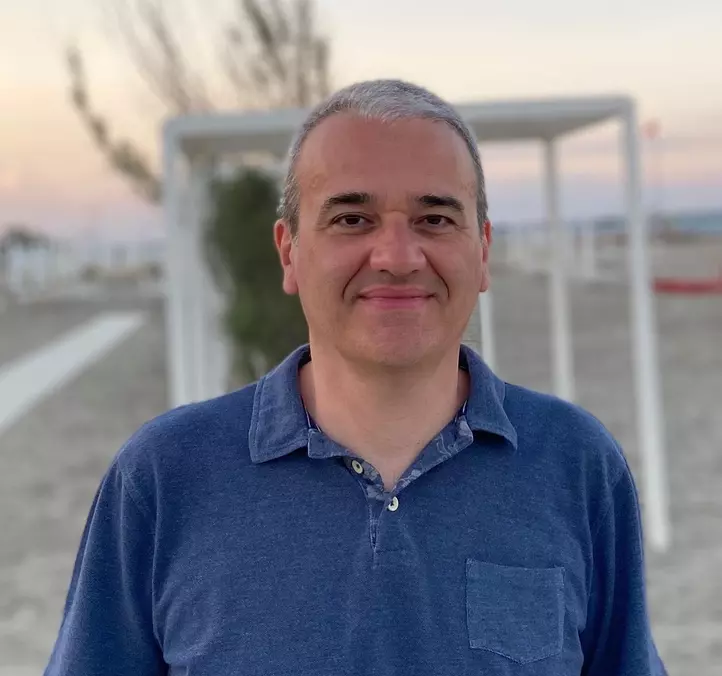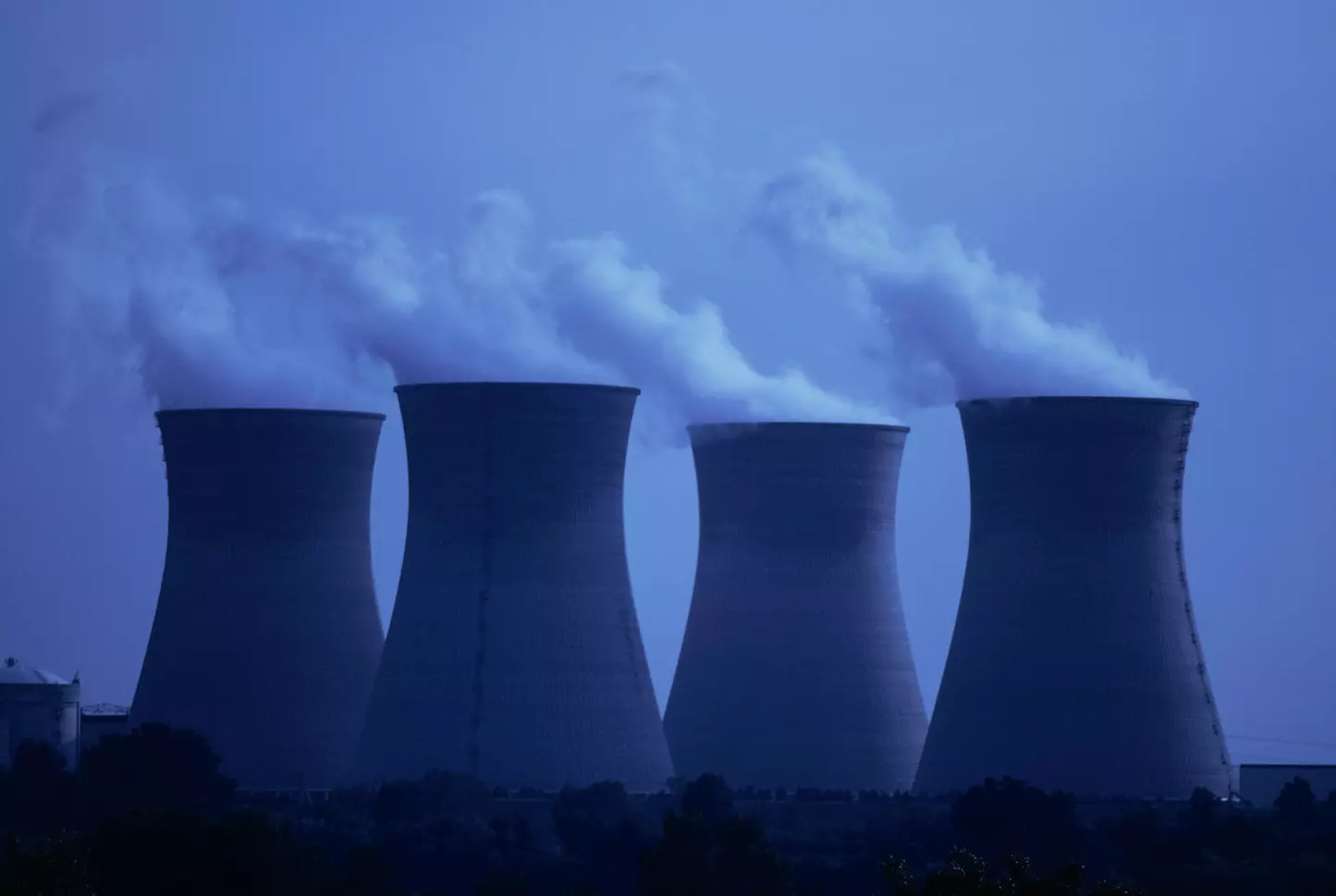“The technology is 70 years old and nuclear electricity production continues to decline, it is now below 10 per cent on a global basis. The glory days are gone. By 2021, renewable production has overtaken nuclear production and the gap will become a chasm.” Nicola Armaroli (in the picture below, En), a research director at the CNR, is one of Italy's foremost experts on the energy system and his assessment of nuclear prospects is negative. For some years now, the atom has been one of the most discussed topics in Italy. Climate crisis and international commitments require us to change the energy system, the war has shown the other problems of a fossil-based system. It is on this basis that the varied and combative nuclear party in Italy has been reborn. For Armaroli, however, the debate is renewed, but technology has not solved its problems.

Why is nuclear power not the energy Italy needs?
“Three reasons. The first is the sites for the plants, in a country where 94% of the municipalities are at hydrogeological risk. And we must consider the storage of waste: the European taxonomy requires us to keep it at home. Funding: hundreds of billions of Euro are needed, but there are no investors. Electricity production is a liberalised market, we are not in a centralised economy like in China. And finally the time frame: every comparable supply chain forces us to consider 20, 25 years for a reactor. That's time we don't have, since we have to decarbonise almost the entire electricity sector by 2030, in order to reduce the carbon footprint of the entire energy system to zero by 2050.”
Is it true that there is also a water problem?
“A lot is needed to cool the reactors, which are often located along rivers. Water availability in countries at increasing drought risk such as Italy also undermines the idea that nuclear power produces energy 24 hours a day. In the USA, in Switzerland, in France, plants are often slowed down due to lack of water; the Loire and the Rhône being dry are a frequent problem for French power plants.”
Proponents of nuclear power argue that without the atom, dependence on fossil fuels remains.
“Nuclear power would not give us independence. More than half of the uranium comes from Kazakhstan. The technology, for practical and security reasons, is in the hands of a few companies in four countries: Russia, China, France and the United States. The world's largest exporter of nuclear technology is Russia, and it is no coincidence that Rosatom is not subject to sanctions, because a large part of European nuclear power would have to close down.”
In Italy, another obstacle is the timing of politics.
“Governments last on average 15 months. A nuclear programme, over the course of 20 years, should survive 15 governments. It is not credible that such a complex, costly and divisive choice can withstand these political cycles.”
The IPCC - UN - and International Energy Agency reports include a nuclear share in the zero-emission scenarios.
“The IPCC viewpoint makes perfect sense. If the goal is zero emissions, nuclear power has no emissions. The problem is when we move from paper observation of technology to the real world. We cannot adapt the world to technology, we must adapt technology to the real world. It is the same mistake as the IEA when it suggests setting construction costs. It cannot be done with a stroke of the pen. If nuclear power were an easy option, the most nuclearised country in the world - France - would have no difficulty in replacing decrepit reactors with new plants, instead the French system is in trouble.”
Does fourth-generation nuclear power change anything?
“Let us return to the difference between the world on paper and the real world. We have been talking about fourth-generation nuclear power for thirty years and we are still at the prototype stage, experimentation has had accidents that do not recommend its use, and with the climate problems we have we are discussing a technology that has not yielded results for decades. At the moment, Generation IV nuclear is a slogan, not the solution.”
What role can nuclear fusion play?
“The considerations about Generation IV fission apply: eternal promise never realised. Time's up: its contribution to decarbonisation by 2050 will be zero. Scientific research will continue, but with zero practical effect.”
Without nuclear power, how do you close the energy loop, considering that renewables have intermittency problems.
“One of the failures of the nuclear narrative is that we discuss applying technology that is 70 years old to the world we will have in 20 years. The electricity system will be different, with millions of small self-producers: low-voltage consumers, like mine, are 99% and consume half of the electricity. Widespread production is the scenario, not centralised production. Storage will be decisive, such as batteries, today lithium but soon sodium, with fewer problems of cost and supply. In addition digitisation will rationalise consumption and costs. And there is a fervour of innovation in the accumulation world. Change is upon us and it is out of reality to cling to a technology that has never broken through.”
This is the scenario for daily accumulations, but for seasonal ones what technologies are there?
“On seasonal accumulations we are behind. There is room to use hydroelectricity more, as in the 1970s and 1980s, with a view to the future hydrogen is an option, but we will have to solve the problem of storage, i.e. where to store the hydrogen in which we accumulate energy from renewables. But the mix will not only be photovoltaics and batteries, which make it possible to be self-sufficient almost ten months of the year in small and medium-sized users (I say this from personal experience), but also wind, hydro, geothermal and biomass, which can play a role with sustainable supply chains. We must start from one point: we are lagging behind the climate crisis. We need ready solutions, not futuristic ones. We already have 90 per cent of the solutions for the transition.”
